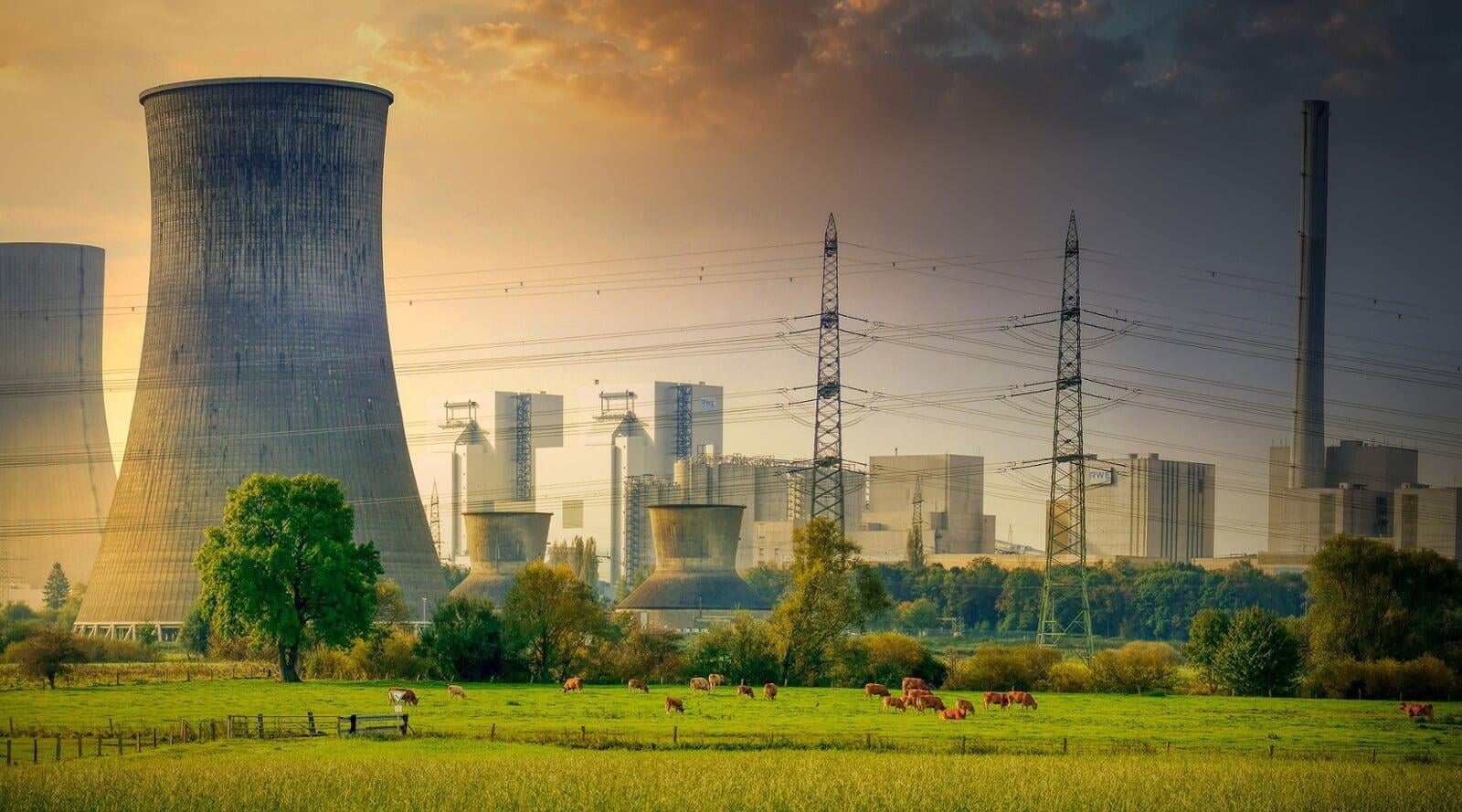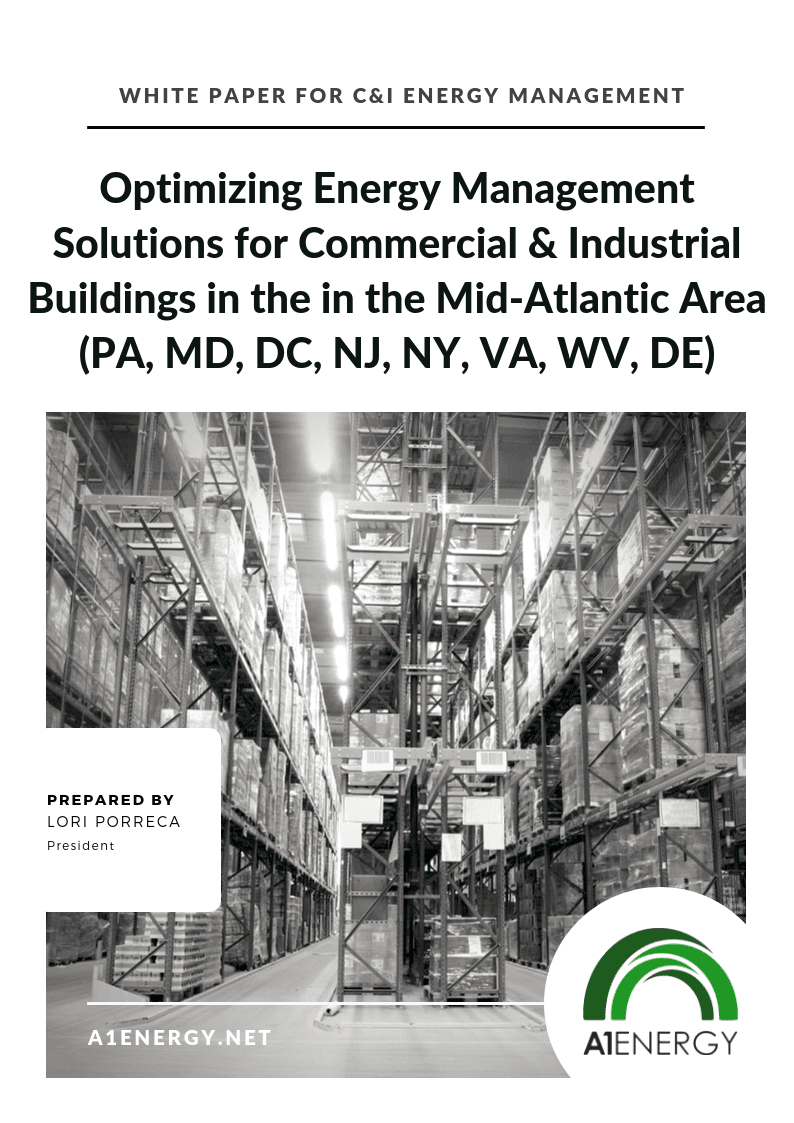
The energy industry is changing in ways that are difficult to predict. Carbon taxes, green energy, volatile weather, electric vehicles and a range of other factors are all adding up to make energy prices potentially challenging for your company. The volatility of the market will have a huge impact on your business, and it’s best to be prepared for the changes that are coming.
How Weather Affects the Energy Markets
Weather affects all of us. Some people might claim that the occasional rainy day or snow storm isn’t a big deal, but the truth is that weather can have a huge effect on the energy markets. Weather can cause power demand to increase, and if it is so severe that the power plants can’t keep up with demand, then blackouts occur.
The effects of weather are especially notable in the oil, electricity and gas markets because extreme temperatures can cause demand for heating and cooling to increase. This means that prices will increase. In addition, hurricanes, droughts, floods, and other extreme weather can cause shortages of natural gas and outages of electricity, potentially leading to higher prices.
It’s possible to predict most weather changes and their effect on the market, by analyzing weather patterns and temperatures over time.
Cyber Attacks Effect on Energy Markets
Cyberattacks are a growing concern for energy companies. Most people do not realize that the energy industry is one of the most targeted by cybercriminals. In fact, in 2015 alone, there were more than 200 attacks on the industry that cost around $100 million in damages. By 2020, the average annual cost of cybercrime will have risen to $8 billion a year. This increased cost has a significant impact on the operating budgets for the utilities.
In a world where literally everything is connected, the necessity of securing networks that power our critical infrastructure and business systems is an urgent issue and the energy industry has been in the cross-hairs of hackers. Whether it’s through phishing scams or malware, cyberattacks have become increasingly sophisticated and complex.
The energy sector has been known to be one of the most vulnerable targets for cyber attacks since 2013. This year alone, there have been 809 disclosed cybersecurity incidents that affected the energy sector and they are expected to continue growing.
Energy Industry Changes And Unprepared Infrastructure
Due to the closing of many coal and nuclear plants, utilities are trying to identify how to handle the changes. The closure of these plants around the country is a big deal for the energy industry, considering coal has been the primary source of power generation in the US for more than 100 years and nuclear for over 35 years.
Increase In Energy Exports
Due to the increase in domestic energy production and a steady decline in consumption the U.S. has become a net exporter of energy.
In early December of 2018, it was reported that the US finally broke its 75 year dependency on foreign oil and became a net exporter. In the first six months of 2021, US LNG exports averaged 9.6 billion cubic feet (Bcf) per day, an increase of 42% compared with 2020 and 10% of the nation's gas production, according to the US Energy Information Administration (EIA).
U.S. Energy Storage Levels
The energy storage levels across the United States are increasing and have been growing consistently at about 8% per year. The main reason for this is because of increased awareness, economic gains and technology improvements. This trend is expected to continue, as energy storage costs are expected to decline by nearly 40% by 2022. According to the Energy Storage Association, energy storage could save businesses up to $21 billion annually by 2030.

ENERGY OPTIMIZATION WHITE PAPER
Check out this white paper to get energy optimization insights for your commercial or industrial facility.
Why Have US Natural Gas Prices Increased So Quickly?
The wholesale spot price of natural gas at the Henry Hub in Louisiana (the US benchmark for natural gas prices) in 2021 almost doubled from the 2020 average, according to data from Refinitiv.
The natural gas price increases began when a winter storm severely strained the energy markets in Texas and Oklahoma. The prices continued to increase through October as growth in natural gas demand outpaced growth in natural gas supply due to the economic recovery.
In addition, higher prices for natural gas in global markets prompted more US exports. During the first 10 months of 2021 the US exported 30% more natural gas than the same period in 2020.
All of this contributed to below average storage levels until the very end of 2021 when the natural gas inventories surpassed the previous five-year average.
Another factor that may continue to affect prices is the new standard of environmental regulations through the Clean Air Act.
How to Protect Your Business From a Volatile Energy Market
Volatile energy markets create many challenges for businesses that rely on stable energy prices for their operations. But there are ways for businesses to protect themselves from the volatility in the current markets.
In a stable market environment it is important to lock in energy contracts when prices are low. Companies that contract for fixed-price energy receive a set rate for their contract, usually for a period of 12 to 36 months. To avoid the risk of buying in a high market you should have someone monitoring the energy markets at all times to capture the lows.
If your current energy procurement contract expires in a high-priced period it might be advantageous to fall back to the utilities default rate until the time that the market drops or stabilizes. Futures pricing is typically lower than current pricing especially in a high-cost market. In this case a longer term contract ie 5 years may present an opportunity by averaging the higher current pricing over the length of the contract.
How Can Lowering Your Energy Demand Work in Your Favor During a Volatile Energy Market
As energy markets fluctuate and prices rise, many business owners are concerned about how these changes will affect their finances. Some business owners have already decided to make large investments in renewable energy and other green technologies.
However, there are also ways that businesses can reduce their energy consumption and lessen the impact of higher prices. Businesses can take steps to reduce their energy demand through energy efficiency projects. These projects not only can lower the consumption but they may also improve the load profile which may lead to better pricing. Many of these steps are low-cost measures which provide greater savings over time than the initial investment used to implement them.
What Are the Benefits of Using Renewable Energy Sources?
Renewable energy is the future. It’s a fact that we need to utilize renewable energy sources to keep our planet clean and healthy.
Using renewable energy sources such as solar power, wind power and other forms of clean energy is a cost-effective way to reduce your business's energy consumption while promoting the health of the environment. The technology to harness these alternative energy sources has improved greatly since their introduction. The combination of alternative sources, as in a micro-grid, not only can reduce the reliance on the grid and the fossil fuel but can allow the business to optimize the price structure by operating when prices are high or storing excess production created at low-cost hours and using the stored energy during the high cost time. There is also the opportunity to participate in demand response programs and other grid initiated programs to create revenue.
In conclusion, if you are looking to navigate the energy markets, then your primary concern should be finding ways to purchase at low market times and to reduce your energy consumption.
